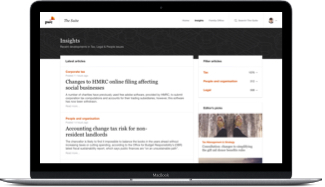In 2017 we saw unprecedented media attention around National Minimum Wage (NMW) compliance. HM Revenue & Customs (HMRC) which enforces the NMW regulations published the 13th list of NMW offenders in December, identifying 260 employers required to pay back £1.7 million to workers and £1.3 million in penalties. ‘Naming and shaming’ is automatic for any employer found to owe underpayments to workers of £100 or more in total.
Historically, the list was made up mostly of micro employers. However, the significant rise in NMW rates and real intensification in proactive HMRC enforcement activity means that many large employers are now being caught out. We expect more household name employers to feature on forthcoming lists.
A large proportion of employers caught out do not intentionally pay below the minimum hourly rate and often assume that if workers are paid at or above NMW, they do not risk non-compliance. However, the NMW regulations are far more complex than this, and many employers fall foul of the regulations unintentionally due to technical breaches. The legal complexities are often compounded by payroll software unable to perform the extremely difficult calculations required.
Why are so many employers being caught out?
Some of the recent high profile cases relate to “pay averaging”, where staff are paid the same monthly salary regardless of fluctuations in hours worked. Pay averaging is extremely common and often favoured by workers as it provides certainty about their income. However, under the NMW regulations most types of worker must be paid at least the NMW rate for all hours actually worked each month, and this pay cannot be spread across the year. Unless employers operating pay averaging can show that their workers meet the strict requirements of salaried hours work under the regulations, lower paid workers are at risk of being paid less than the minimum wage in longer months and in months where there are peaks in workload.

